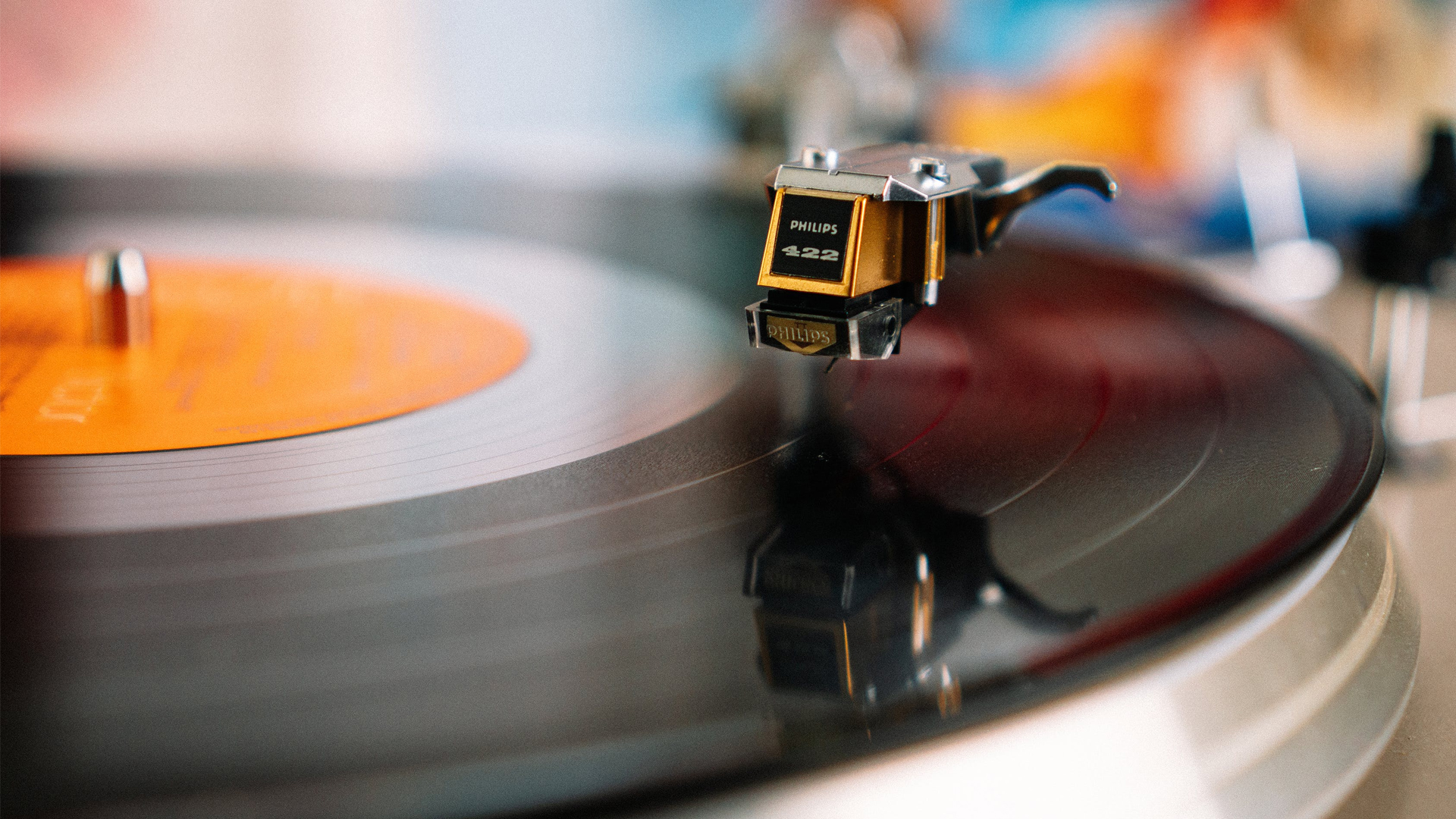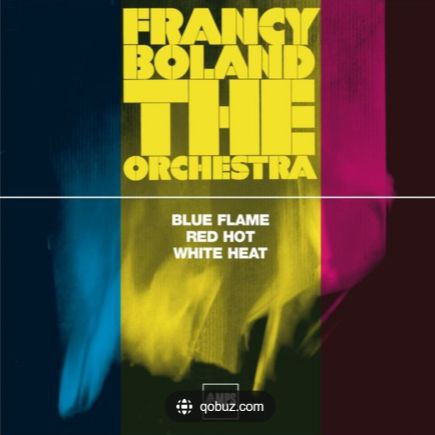Autumn in New York: portrait d’une ville entre promesse et désillusion
Composée en 1934 par Vernon Duke lors d’un séjour en Nouvelle-Angleterre, Autumn in New York naît d’une nostalgie profonde pour Manhattan. Cette œuvre, à la fois lyrique et raffinée, fut offerte au producteur du spectacle de Broadway Thumbs Up! et interprétée cette même année par J. Harold Murray, avant d’être enregistrée par Richard Himber et son orchestre.
New York, à l’époque, est un creuset bouillonnant d’innovations artistiques. Autumn in New York traduit ce foisonnement, mêlant l’élégance musicale de Broadway à la liberté d’expression du jazz naissant. Sa structure harmonique fluide et ses paroles nuancées dépeignent une ville à la fois fascinante et ambivalente, source de rêves autant que de solitude.
Diffusée à la radio dès 1944 par Harry James, la chanson connaît un essor plus large à partir de 1946 avec Louanne Hogan, puis grâce à Frank Sinatra en 1947. Son enregistrement ne sera pourtant publié qu’en 1949, atteignant la 27e place des charts.
Depuis, Autumn in New York est devenue un incontournable du Great American Songbook, avec plus de 400 versions enregistrées, et une postérité renforcée par le film éponyme de 2000 dans lequel la chanson est reprise par Yvonne Washington.
Francy Boland: élégance orchestrale et modernité maîtrisée
Enregistrée entre le 12 et le 16 janvier 1976 pour l’album Blue Flame, Red Hot, White Heat, cette version d’Autumn in New York par l’orchestre du pianiste et compositeur belge Francy Boland constitue une rare pépite du répertoire arrangé pour big band. Bien que relativement méconnue, elle révèle avec éclat l’art de Boland en tant qu’arrangeur et la cohésion remarquable de son ensemble.
Sous sa direction, le standard de Vernon Duke se transforme en une fresque orchestrale d’une grande richesse. Les cuivres éclatants y déploient toute leur ampleur, contrebalancés par la finesse des bois et l’ancrage souple mais précis de la section rythmique. Chaque pupitre trouve sa place dans une architecture sonore pensée avec rigueur et sensibilité. L’écriture de Boland sublime les couleurs de l’orchestre tout en respectant l’esprit mélancolique et contemplatif de la composition originale.
Le contexte de cet enregistrement n’est pas anodin. Les années 1970 marquent une période d’effervescence pour le jazz, entre fidélité aux traditions et expérimentations multiples. Francy Boland, fort d’une carrière déjà dense et entouré de musiciens d’exception, parvient à incarner cet équilibre: il inscrit son travail dans l’héritage du big band tout en l’insufflant d’une énergie nouvelle et d’un raffinement harmonique qui lui sont propres.
Autumn in New York: retrato de una ciudad entre promesa y desilusión
Compuesta en 1934 por Vernon Duke durante una estancia en Nueva Inglaterra, Autumn in New York nace de una profunda nostalgia por Manhattan. Esta obra, lírica y refinada a partes iguales, fue ofrecida al productor del espectáculo de Broadway Thumbs Up! y presentada ese mismo año por J. Harold Murray, antes de ser grabada por Richard Himber y su orquesta.
En aquella época, Nueva York era un hervidero de innovación artística. Autumn in New York refleja esa efervescencia, combinando la elegancia de Broadway con la libertad expresiva del jazz naciente. Su estructura armónica fluida y su letra matizada retratan una ciudad tan fascinante como ambivalente, fuente de sueños, pero también de soledad.
Emitida por radio en 1944 por Harry James, la canción comenzó a ganar notoriedad a partir de 1946 con Louanne Hogan, y más tarde gracias a Frank Sinatra en 1947. Sin embargo, su grabación no se publicó hasta 1949, alcanzando entonces el puesto 27 en las listas.
Desde entonces, Autumn in New York se ha consolidado como un clásico del Great American Songbook, con más de 400 versiones registradas y una renovada notoriedad gracias a la película homónima de 2000, en la que la canción es interpretada por Yvonne Washington.
Francy Boland: elegancia orquestal y modernidad contenida
Grabada entre el 12 y el 16 de enero de 1976 para el álbum Blue Flame, Red Hot, White Heat, esta versión de Autumn in New York interpretada por la orquesta del pianista y compositor belga Francy Boland constituye una joya poco conocida del repertorio para big band. Aunque relativamente ignorada, revela con claridad el talento de Boland como arreglista y la notable cohesión de su conjunto.
Bajo su dirección, el clásico de Vernon Duke se convierte en un fresco orquestal de gran riqueza. Los metales despliegan todo su esplendor, equilibrados por la sutileza de las maderas y el soporte rítmico firme pero elegante. Cada sección encuentra su lugar en una arquitectura sonora elaborada con rigor y sensibilidad. La escritura de Boland realza los colores de la orquesta respetando el carácter melancólico y contemplativo de la obra original.
El contexto histórico del registro es significativo. Los años 70 representan una etapa de gran efervescencia para el jazz, marcada por la tensión entre la fidelidad a las tradiciones y la apertura a nuevas exploraciones. Francy Boland, con una carrera ya consolidada y rodeado de músicos excepcionales, logra encarnar ese equilibrio: inscribe su trabajo en la herencia del big band, dotándolo al mismo tiempo de una energía renovada y un refinamiento armónico característico.
Autumn in New York: ritratto di una città tra promessa e disillusione
Composta nel 1934 da Vernon Duke durante un soggiorno nel New England, Autumn in New York nasce da una profonda nostalgia per Manhattan. Quest’opera, al tempo stesso lirica e raffinata, fu donata al produttore del musical di Broadway Thumbs Up! e interpretata nello stesso anno da J. Harold Murray, prima di essere incisa da Richard Himber e la sua orchestra.
In quegli anni, New York era un crocevia in piena ebollizione artistica. Autumn in New York ne riflette l’energia, fondendo l’eleganza musicale di Broadway con la libertà espressiva del jazz emergente. La sua struttura armonica fluida e il testo ricco di sfumature dipingono una città affascinante e contraddittoria, capace di ispirare sogni e solitudine.
Trasmesse per radio da Harry James nel 1944, le prime versioni prepararono il terreno al successo più ampio che arrivò nel 1946 con Louanne Hogan, e soprattutto grazie a Frank Sinatra nel 1947. Tuttavia, la sua registrazione fu pubblicata solo nel 1949, raggiungendo il 27º posto nelle classifiche.
Da allora, Autumn in New York è diventata una colonna portante del Great American Songbook, con oltre 400 versioni registrate, e ha conosciuto nuova vita nel film omonimo del 2000, dove la canzone è interpretata da Yvonne Washington.
Francy Boland: eleganza orchestrale e modernità controllata
Registrata tra il 12 e il 16 gennaio 1976 per l’album Blue Flame, Red Hot, White Heat, questa versione di Autumn in New York eseguita dall’orchestra del pianista e compositore belga Francy Boland è una gemma rara del repertorio per big band. Sebbene poco conosciuta, mette in luce in modo straordinario l’arte di Boland come arrangiatore e la notevole coesione del suo ensemble.
Sotto la sua direzione, il brano di Vernon Duke si trasforma in un affresco orchestrale ricco e sfumato. Gli ottoni risuonano con forza, bilanciati dalla delicatezza dei legni e da una sezione ritmica solida ma leggera. Ogni sezione dell’orchestra trova il proprio spazio all’interno di una struttura sonora costruita con precisione e sensibilità. La scrittura di Boland esalta i colori dell’orchestra, mantenendo intatto lo spirito malinconico e riflessivo della composizione originale.
Il contesto storico di questa registrazione è tutt’altro che marginale. Gli anni Settanta rappresentano un periodo di grande fermento per il jazz, sospeso tra rispetto per la tradizione e sperimentazione. Francy Boland, con una carriera già affermata e circondato da musicisti straordinari, riesce a incarnare questo equilibrio: il suo lavoro si radica nella tradizione del big band, ma è animato da una nuova energia e da un raffinamento armonico del tutto personale.
Autumn in New York: portrait of a city caught between promise and disillusion
Composed in 1934 by Vernon Duke during a stay in New England, Autumn in New York was born of deep nostalgia for Manhattan. At once lyrical and refined, the piece was offered to the producer of the Broadway show Thumbs Up! and performed that same year by J. Harold Murray, before being recorded by Richard Himber and his orchestra.
At the time, New York was a hotbed of artistic innovation. Autumn in New York captures that creative energy, blending Broadway sophistication with the expressive freedom of early jazz. Its fluid harmonic structure and nuanced lyrics paint a portrait of a city both dazzling and ambivalent—a place of dreams and of solitude.
Broadcast on the radio in 1944 by Harry James, the song gained wider attention starting in 1946 with Louanne Hogan, and then through Frank Sinatra’s 1947 performance. Still, his recording was only released in 1949, eventually reaching number 27 on the charts.
Since then, Autumn in New York has become a pillar of the Great American Songbook, with over 400 recorded versions and renewed fame thanks to the 2000 film of the same name, which features a rendition by Yvonne Washington.
Francy Boland: orchestral elegance and refined modernity
Recorded between January 12 and 16, 1976 for the album Blue Flame, Red Hot, White Heat, this version of Autumn in New York by Belgian pianist and composer Francy Boland’s orchestra is a rare gem of the big band repertoire. Though relatively overlooked, it vividly showcases Boland’s mastery as an arranger and the exceptional cohesion of his ensemble.
Under his direction, Vernon Duke’s standard becomes a richly textured orchestral canvas. The brass section shines with full brilliance, delicately balanced by the subtlety of the woodwinds and a rhythm section that is both solid and graceful. Each section is carefully placed within a sound architecture crafted with precision and sensitivity. Boland’s arrangement enhances the orchestra’s colors while honoring the melancholic, introspective spirit of the original composition.
The historical context of this recording is also significant. The 1970s were a period of dynamic creativity in jazz, where tradition coexisted with experimentation. Francy Boland, already a seasoned artist surrounded by exceptional musicians, captured this balance with finesse—rooting his work in the big band heritage while infusing it with a renewed energy and harmonic sophistication all his own.


